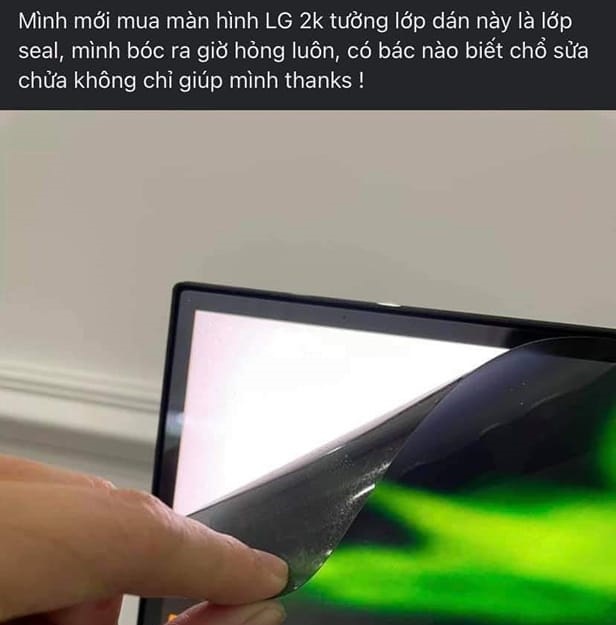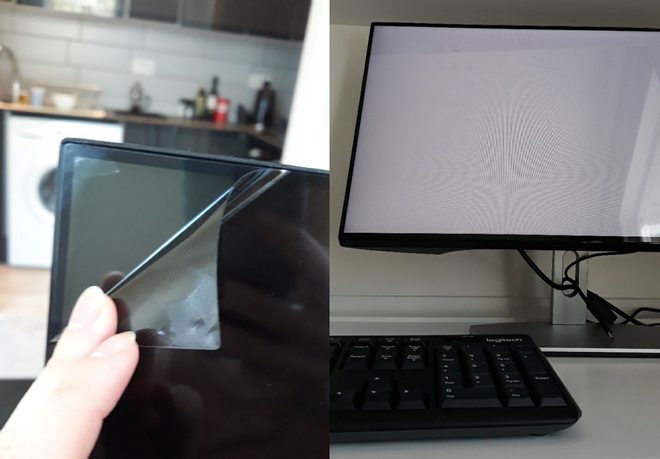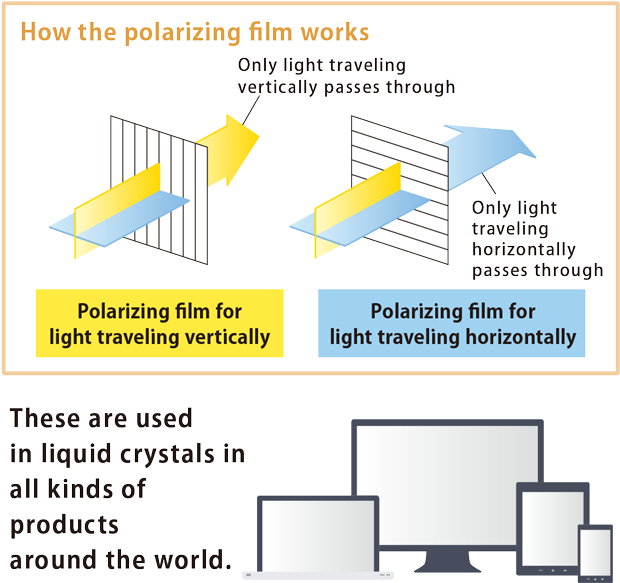A Facebook user recently posted an image that ‘describes’ his awkward situation while using a PC monitor, forcing him to ask the community for help. In a minute, the machine in the style of… ‘I love science’ accidentally removed a layer of ‘mysterious’ black sticker on LG’s screen, which was just purchased not long ago. Worth mentioning, peeling off this sticker causes the screen to fall into a state of ‘whitewashing’ that cannot be used.

“I just bought a LG 2K screen and thought this sticker was a seal, I peeled it off and now it’s broken, does anyone know where to fix it, not only can I help, thanks!”, the content of the article ‘for help’ posted in a technology group on Facebook.
After being posted, the above article quickly “stormed” and attracted a lot of comments from technology users. Some users wondered how this guy peeled off the other sticker so easily. Notably, many users have raised the question: What’s so special about this coating that can make the PC screen so badly damaged?
Do not be foolish to peel off the most important component inside the screen
Accordingly, this adhesive layer is called a polarizing film (or polarizing filter). As a type of optical film, they are usually made of a transparent crystalline material, which has the ability to control the amount of light that passes through. It ranks as one of the most important components inside the display.
Basically, the purpose of a polarizing filter is to create a visible image. Based on the principle of polarization, the polarizing filter works by limiting the type of light that reaches the pixel layer (pixel) of the screen, thereby controlling the brightness of the pixels and producing a quality image. high, visible. Without them, you will not be able to view the image produced by the LCD monitor.

Close-up of the polarizing filter layer and the ‘state’ of the screen after the filter has been removed.
Typically, two layers of polarizing filters are used in LCD technology displays. Both layers of glass can control the type of light that passes through them.
The mechanism of action of two layers of polarizing filters in particular and LCD screens in general can be summarized as follows: When light is emitted from the backlight of an LCD screen, they have infinitely many polarization directions such as light rays. natural light.
This light is passed through the first layer of polarizing filter, becoming plane polarized light with only vertical direction. This plane-polarized light is further passed through the glass plate and transparent electrode layer to the liquid crystal layer. They then go on to the second polarizing filter, which has a polarization perpendicular to the first, and then to the eye of the observer.
For screens using OLED technology alone, only 1 layer of polarizing film is used because this type of screen has no backlight. This film will be applied to the outside of the panel to prevent light reflection.

Diagram showing how a polarizing filter works, which controls the amount of light that passes through
Another question arises: If I accidentally remove the polarizing filter from the screen, can it be reattached?
According to Mr. Nguyen Hoang Long, a PC screen repairman, users can completely re-glue the polarizing filter layers. Accordingly, on some major e-commerce platforms, users can order layers of polarizing filters for TVs, laptop screens, PC monitors, etc., for a few hundred thousand dong. depending on screen size. However, in order to limit cases such as dust or foreign objects sticking to the polarizing filter, users should go to screen repair shops to be properly glued by technical experts, according to his recommendations. Hoang Long.
.
